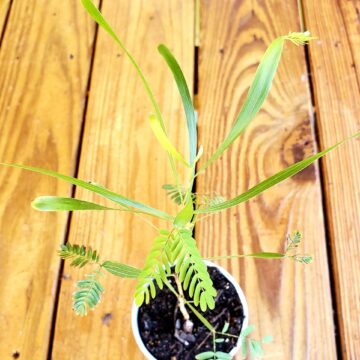Description
Punica Granatum is a fruit-bearing tree that produces pomegranates. But you can grow these expensive fruits within just a few years from seed and continue picking fresh fruit for years to come. Pomegrantes are really just large seed pods. The outer rind is generally discarded, but the numerous seeds inside are each covered with a membrane that holds in a raindrop’s worth of blood red juice. With every bite that penetrates these membranes, the seeds shed their tart juice. Pomegranate seeds are edible, although some people choose to spit them out. Pomegranate is one of the most nutritious fruits you can eat. Pomegranate juice is very high in antioxidants and immune-supporting ingredients. The fruit, rind and seeds of pomegranate have long been used in India’s traditional medicine known as Ayurveda. Pomegranate has been used to support cardiac health by reportedly reducing cholesterol, lowering blood pressure and keeping blood from clotting abnormally. A compound called “punicalagin”, which hints at the genus name, punica, has been shown in clinical studies to be responsible for much of these effects. Pomegranate has also been said to help with the nervous system, possibly offering support to those suffering from depression. Certain compounds seem to stimulate serotonin and estrogen to contribute to this action. Although you may typically think of pomegranate as a warmer climate fruit, it actually withstands temperatures in the north. It is considered hardy to zone 7, and in rare cases it will survive in zone 6. Elsewhere, it can be grown as a large container plant.
Growing Information: Pomegranate is a good beginner plant for growers getting into fruit trees. It is less susceptible to disease and pests than many other fruit trees, and it is relatively drought tolerant. Pomegranate can also reach fruiting size in just a few years. Start the plant out in a covered area. After acclimation to your environment, transplant to a 1 to 3 gallon pot with fertile well-draining soil and water regularly. Once the tree has outgrown the pot and is 2-3 feet tall, it can go into the ground. Choose a location in full sun. It should be watered daily for the first 2 weeks, then twice per week for another two months. Once it is firmly established, you can get away with watering about once per week. But if your temps are particularly hot or it rains a lot, make adjustments in the schedule for this.
In purchasing, international buyers agree to assume the risk of arrival of all items. We cannot replace lost or seized items. You will be required to confirm that you agree to these terms before items can be sent.






